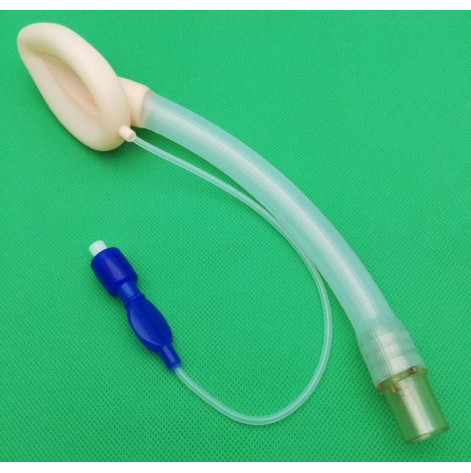+38 (097) 303-31-12
Callback?
| Mn-Sn: | 8:00 - 21:00 |
| Shopping cart | 24/7 |




